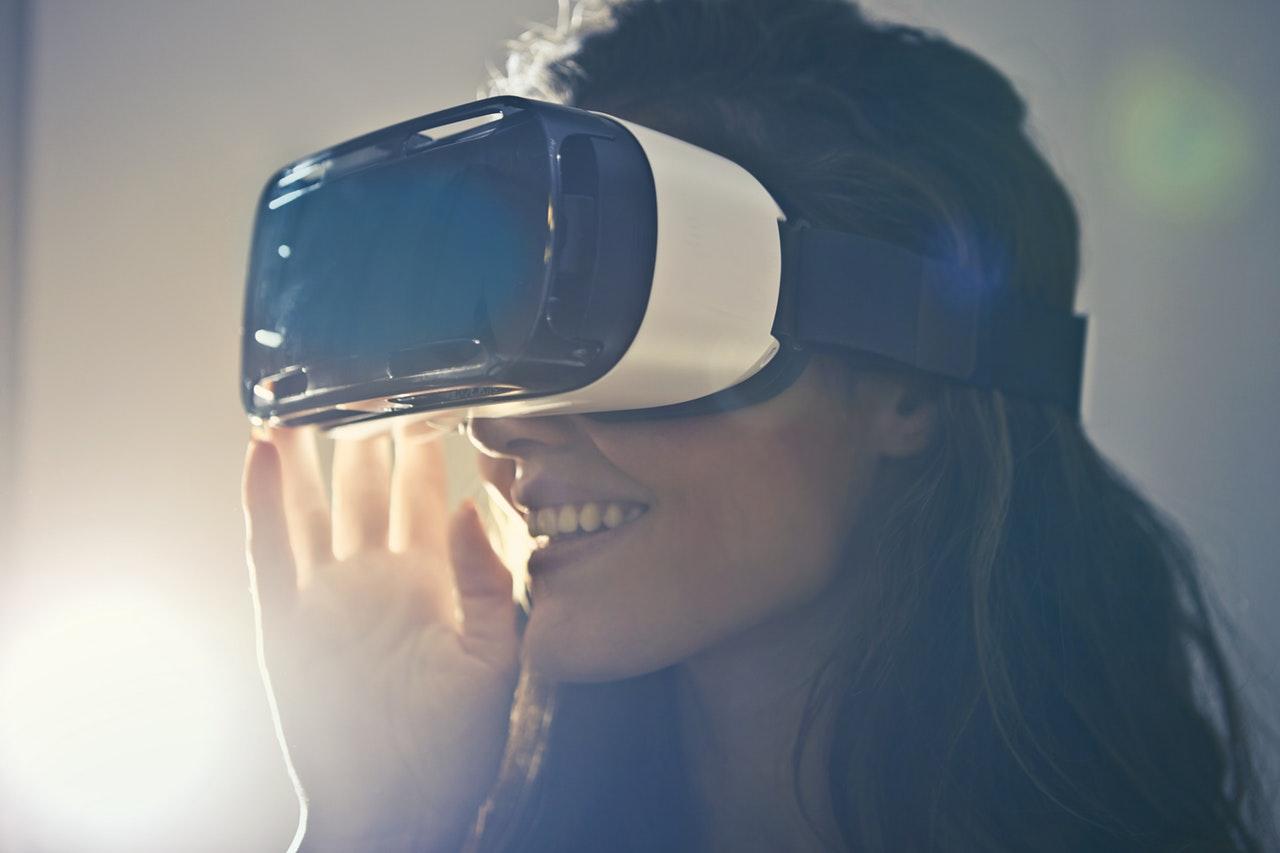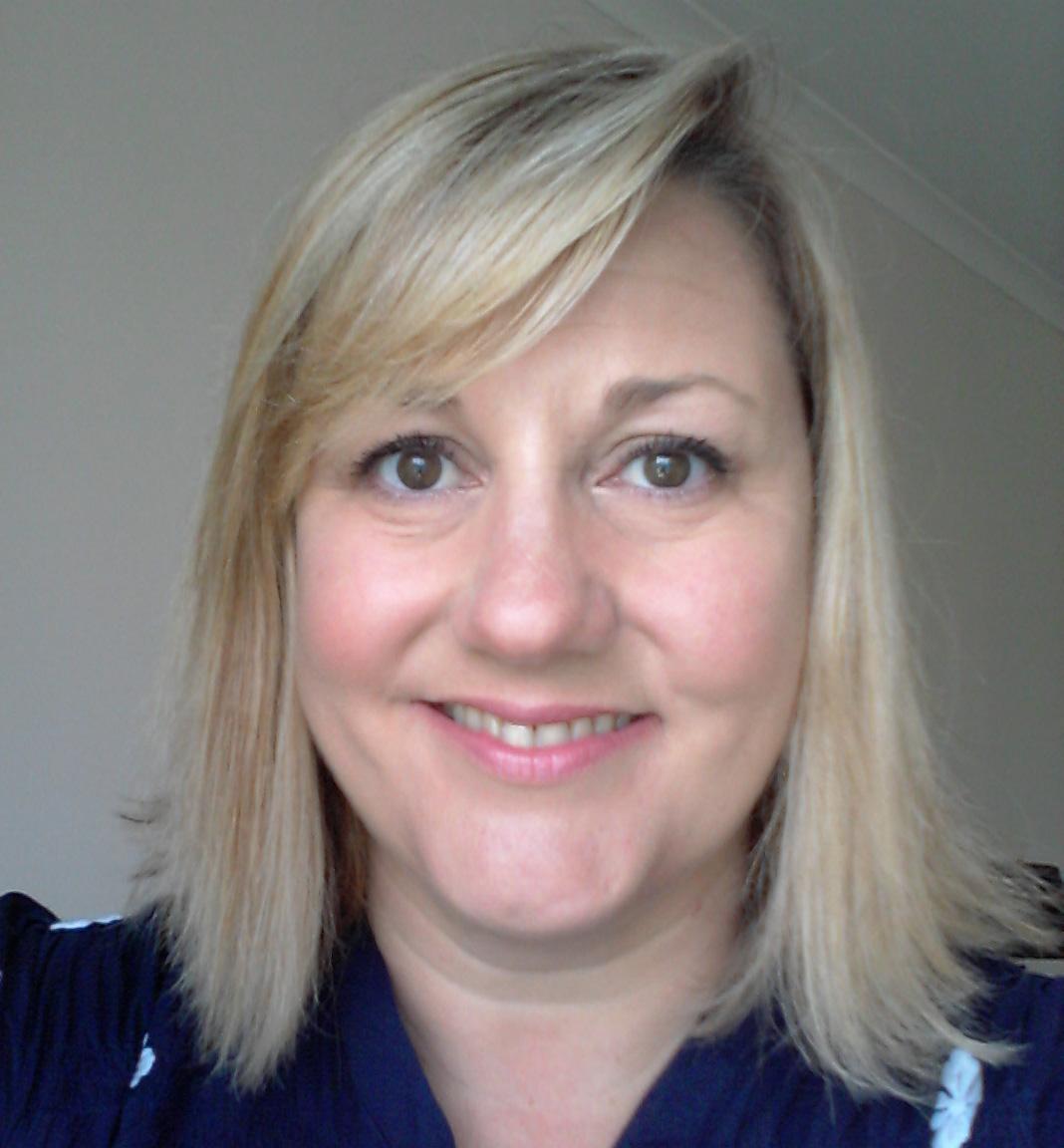Influence of immersive virtual reality on consumers’ perception of wines

Examine the impact of immersive VR on consumer perceptions of wine aroma and flavour and their wine preferences.
Understanding consumers’ perceptions and liking of wines is of paramount interest to the Australian and global wine industries. Wine consumer liking knowledge alone does not provide the deepest consumer insights and current consumer research also examines the consumer’s emotional response to food and beverages.
We already collect data on consumers wine flavour preferences, but the way this is conducted is normally in white, sterile and unengaging sensory labs which do not reflect the real world i.e. the environment in which we would normally consume wine. For collection of consumer data, a number of alternatives to the sensory lab have been proposed to enhance the ecological validity of the data obtained. One of these is with the use of novel digital technologies such as virtual reality (VR).
In contrast to a real setting e.g. consuming wine at a restaurant or at a BBQ, VR permits the experimenter to exert some control over the testing conditions while providing a more realistic consumption moment setting experience for the consumer. However, does the use of immersive technology, namely VR, impact the consumer preferences for and emotional responses to wine? Does it also influence their perception of wine aromas, tastes and flavours?
This project seeks to examine the impact of immersive VR on consumer perceptions of wine aroma and flavour using a rapid, wine sensory profiling methodology, Rate-All-That-Apply (RATA), in the computerised sensory lab. It also aims to examine the influence of immersive VR on consumers’ preferences for wines using affective tests such as hedonic scaling and emotional responses using the Australian Wine Evoked Emotions Lexicon (AWEEL).
You will develop skills in:
- Experimental design and working with human subjects
- Good sensory science practice
- Conduct of state of the art consumer and sensory test methods
- Analyses of consumer and sensory data
- Use of cutting edge virtual reality equipment and sensory science software
- Basic wine chemistry
Key references:
Danner, L., Crump, A., Croker, A., Gambetta, J., Johnson, T., and Bastian, S. (2018). Comparison of Rate-All-That-Apply (RATA) and Descriptive Analysis (DA) for the Sensory Profiling of Wine. American Journal of Enology and Viticulture, 69(1), 12-21. doi: 10.5344/ajev.2017.17052
Danner, L., Johnson, T.E., Ristic, R., Meiselman, H.L. and Bastian, S.E.P. (2017) “I like the sound of that!” Wine descriptions influence consumers' expectations, liking, emotions and willingness to pay for Australian white wines. Food Research International 99(1), 263-274. doi: 10.1016/j.foodres.2017.05.019
Jiang, W.W., Niimi, J., Ristic, R. and Bastian, S.E.P. (2017) The effect of immersive context and wine flavour on consumer wine flavour perception, liking and emotions elicited. American Journal of Enology and Viticulture 68(1):1-10; doi: 10.5344/ajev.2016.16056.

Supervisor
Associate Professor Sue Bastian
Co-Supervisor: Dr Lukas Danner
Research area: Wine Science
Recommended honours enrolment: Honours in Wine Science
